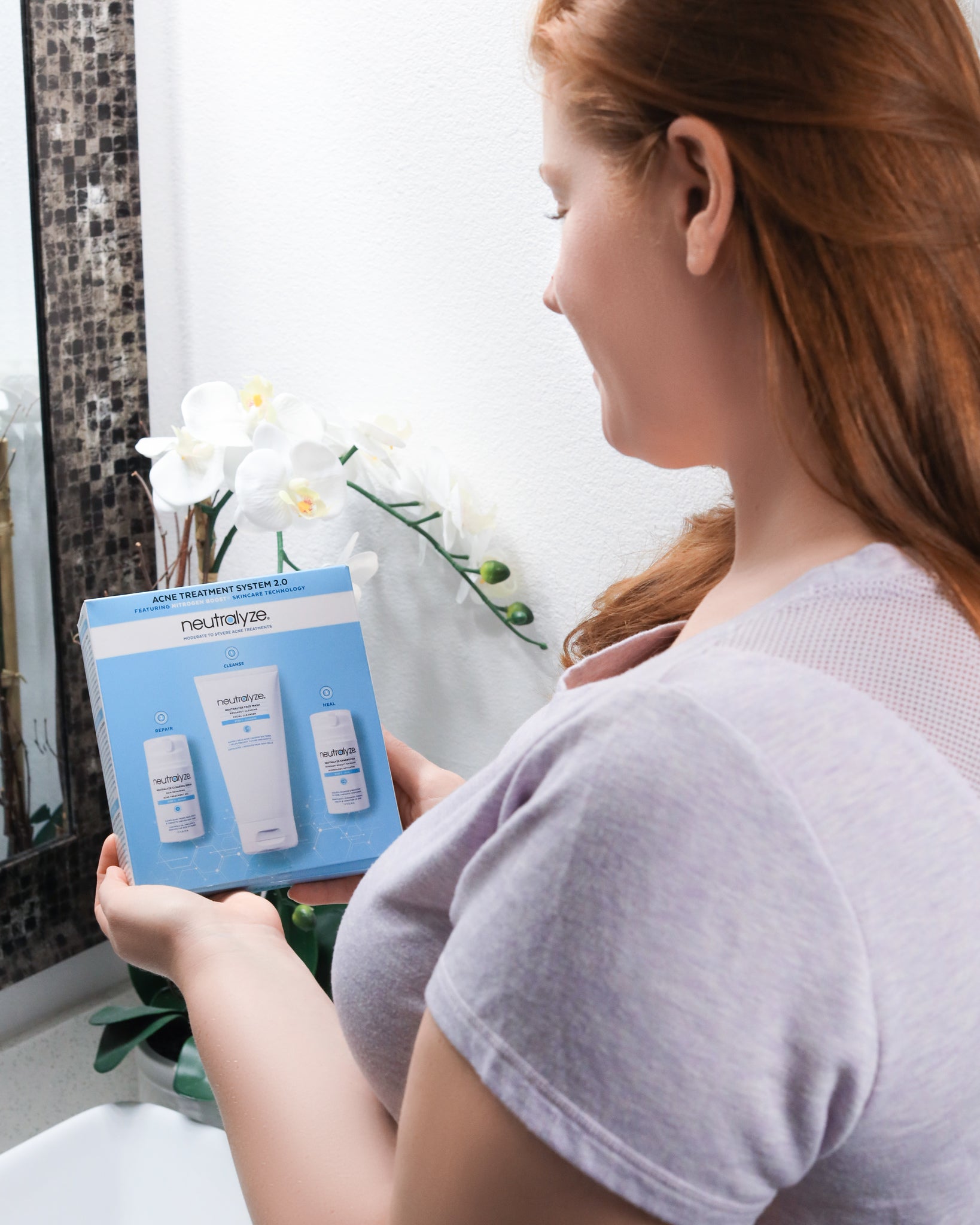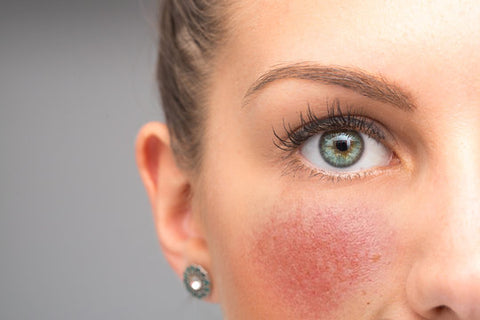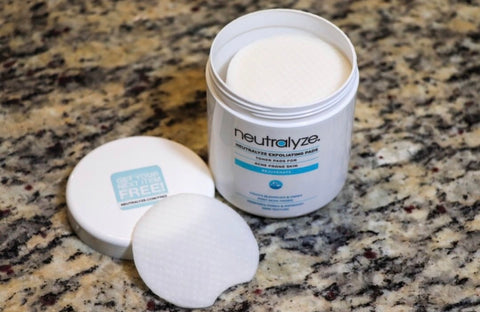How Nitric Oxide Fights Inflammation

Before scientists established the crucial role of nitric oxide in the body in the 1990s, the colorless gas was long associated with air pollution from burned fuel and its supposed risk to cardiovascular health.
In the 1980s, American physiologist Robert Furchgott and his student, John Zawadzki, discovered the release of what they initially referred to as "endothelium-derived relaxing factor" (EDRF) from the inner lining of the arteries. Furchgott, together with fellow pharmacologists Louis Ignarro and Ferid Murad, later identified EDRF as nitric oxide—a signaling messenger in humans’ cardiovascular system, for which they were awarded the 1998 Nobel Prize for Medicine. Their discovery would motivate researchers everywhere to probe deeper into nitric oxide’s benefits to the circulatory, nervous, and immune systems.
Here are the places where nitric oxide is released in the body and the functions it serves:
Endothelial Cells
- Nitric oxide produced by endothelial cells, which line up the inner layer of your blood vessels, causes these flood passageways to dilate. The opening up of blood vessels improves blood flow, reduces blood pressure, prevents plaque and blood clots from forming, widens pulmonary vessels, and allows higher overall physical endurance levels through oxygenation of muscles.
Neurons
- In the nervous system, neurons produce nitric oxide, which then serves as a neurotransmitter for regulating a variety of functions. These include increased flow of blood to bring oxygen to the brain for sustained cognitive ability, improved metabolism, gastrointestinal motility, and nutrient absorption by the digestive system, and enhanced kidney functioning, which in turn helps urine production.
Macrophages
- Macrophages, a type of white blood cell, release nitric oxide that detects and destroys bacteria, parasites, and foreign particles that enter your body. Macrophages initiate an inflammatory response to invading particles and decrease inflammation to allow tissue repair.
The Skin
- When you go outdoors and get some sunshine, the resident nitrates on your skin are activated and released into your bloodstream, raising the amount of nitric oxide inside your body.
How Is Nitric Oxide Produced?
Nitric oxide is produced by the body in two ways. The first method is through the so-called nitric oxide synthase (NOS) pathway. Your endothelial cells, which are found on the interior surface of every blood vessel in the body, contain NOS that converts the amino acid L-arginine into nitric oxide. L-arginine comes from protein-rich food including poultry, red meat, fish, dairy products, whole grains, soy, and beans. Nitric oxide reacts with other molecules to form into nitrates that can be stored by the body.
Another way your body produces nitric oxide is by eating nitrate-rich foods and plant protein. Once you hit your 40s, your body starts producing less nitric oxide naturally. You produce about 50% less nitric oxide once you hit this age compared to when you were a teenager.
To increase your body's nitric oxide levels, include more leafy green vegetables in your diet. Examples of these are arugula, spinach, kale, celery, Swiss chard, Chinese cabbage, leeks, and parsley. Red beets, radishes, and turnips are also rich in nitrates.
Dark chocolate, berries, cherries, green tea beets, and pomegranates contain plenty of the healthy polyphenol and flavonoid compounds that encourage your arteries' endothelial cells to produce more nitric oxide.
Nitric oxide has a very short life so it reacts with other molecules so that it can be stored by your body. For instance, it's oxidized with oxyhemoglobin to become nitrate, which is also the primary way your body retains nitric oxide.
Too much nitric oxide, however, can cause problems. Excessive levels can cause headaches, brain disorders such as Parkinson's disease, Alzheimer's, Huntington disease, and amyotrophic lateral sclerosis, which is a progressive neurodegenerative disease affecting muscle control.
Nitric oxide is also available in the form of supplements. L-arginine and L-citrulline supplements can provide your body's nitric oxide needs. Athletes and fitness buffs are advised to take them before training so they can perform better and longer. Meanwhile, some men take Viagra and Cialis that release nitric oxide for improved penile erection.
How Does Nitric Oxide Fight Inflammation, Prevent Acne?
Your immune system's macrophages fight bacteria or viruses (also scientifically referred to as pathogens) in three ways: remove invading substances with the help of lymphocytes, engulf and kill foreign molecules through lysosomal enzymes, or release chemical mediators that include nitric oxide. Researchers have discovered that nitric oxide is cytostatic, or inhibits cell growth, and cytotoxic, or is toxic to pathogens (as proven in cancer tumors).
The medical field sought to harness the potency of nitric oxide—which is gas in its normal state—on skin conditions like acne amid its short lifespan of below 10 seconds. In 2015, scientists from three American universities made progress in tapping nanotechnology to not just get rid of the acne-inducing Propionibacterium acnes bacteria but also so-called inflammasomes that cause skin redness, irritation, and inflammation. They worked on the slow release of nitric oxide-releasing nanoparticles into the body to stop P. acnes and inflammasomes from causing mild to severe acne. Proponents of the project stress that in this way, nitric oxide is more holistic than LED light treatments and liquid antibiotics that treat lesions and wounded skin.
In 2016, the topical solution developed by the team was presented at the annual meeting of the American Academy of Dermatology: it was a nitric oxide gel that didn't cause the skin to shed or peel, unlike conventional treatments.
Because acne-causing bacteria can become immune to antibiotics or doctor-prescribed drugs, this topical application is a promising solution to those suffering from the skin ailment.
Meanwhile, some companies are creating soap and other skincare products infused with an ammonia-oxidizing bacterium that produces nitric oxide. They believe that soaps and fragrances used today have depleted the skin of naturally occurring nitric oxide and that the products can restore your body's "nitrogen cycle."
Other nitric oxide-releasing products are already in the pipeline for treating other skin conditions such as atopic dermatitis, psoriasis, and eczema, as well as providing anti-aging solutions.
Neutralyze’s Nitrogen Boost® Technology
Neutralyze capitalizes on nitric oxide’s ability to arrest inflammation when it formulated a treatment system specifically for individuals with mild to severe acne. Its team of experts developed the multi-patented Nitrogen Boost® Technology. It’s a formula that takes action when inflammation starts, not when breakouts have already occurred.
Similar to the nitric oxide that occurs in your body, Neutralyze's Nitrogen Boost® also increases blood flow and alleviates muscle fatigue. It does so by flushing out lactate and ammonia that builds up in your body during vigorous or prolonged exercise.
You can get the best of what nitric oxide can offer for mild to severe acne when you use Neutralyze products in sequential order, that is:
1. Cleanse your face using Neutralyze® Acne Face Wash to gently exfoliate the skin. Besides nitric oxide, the cleanser also contains mandelic (1%) and salicylic acid (2%).
2. Apply Neutralyze® Acne Clearing Serum to heal and repair acne lesions. The low pH serum lightens skin tone for blotches and dark sports produced by these blemishes. It also seeks to reduce greasiness by helping reduce the size of your pores or unclogging them. The serum also has mandelic (1%) and salicylic acid (2%).
3. Apply Neutralyze® Synergyzer™ to minimize inflammation and redness.


